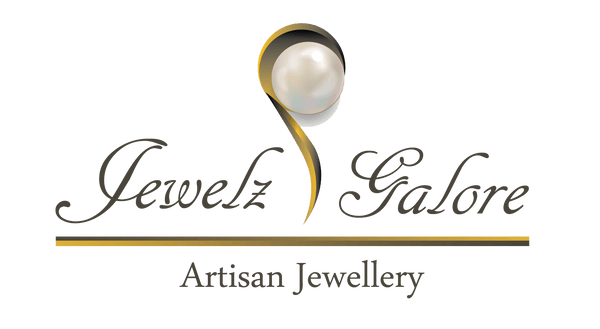Silver Facts

Sterling Silver Facts
In order to be considered “Sterling Silver,” the item must consist of at least 92.5% of Pure Silver – hence the typical ‘925’ stamp on all Sterling Silver products (usually found somewhere hidden, e.g. on the inside of a ring or on a token on the clasp of a necklace). The other 7.5% is comprised of other metals, usually being copper, in which acts as an alloy to make the silver stronger and more resistant to tarnishing! Because of this, Sterling Silver makes a fantastic choice for use in jewellery and silverware.
Fine Silver Facts
Fine Silver is another name for what is also known as ‘Pure Silver’. This metal is derived directly from the ground and contains no other metals! Fine Silver is unprocessed, and because it contains no alloys, it is an extremely soft metal. Because Pure Silver is so soft, it can be very difficult to work with, and when it is exposed to elements in the air such as Hydrogen Sulphide or Ozone, it tends to tarnish very easily. Fine silver is an extremely shiny metal and is most often used in making pieces of very fine jewellery. For a piece to be considered Fine or Pure Silver, it has to consist of at least 99% or more natural silver.
Facts about Silver Plate
Silver Plating provides the shine and beauty of pure silver, but is far more durable and much more affordable. Items that are silver plated consist of a base metal in which silver is applied to the surface. In order to silver plate an object, it must be electrically charged to attract the silver particles to it to form the Silver Plating. These items look just like natural fine silver, but are much stronger, tarnish less easily and are much less expensive!
For any more information about the Jewelz Galore's handmade jewellery in Cottenham, Cambridge, please contact us or leave a message. A member of our team will happily be in contact with you as soon as possible.
